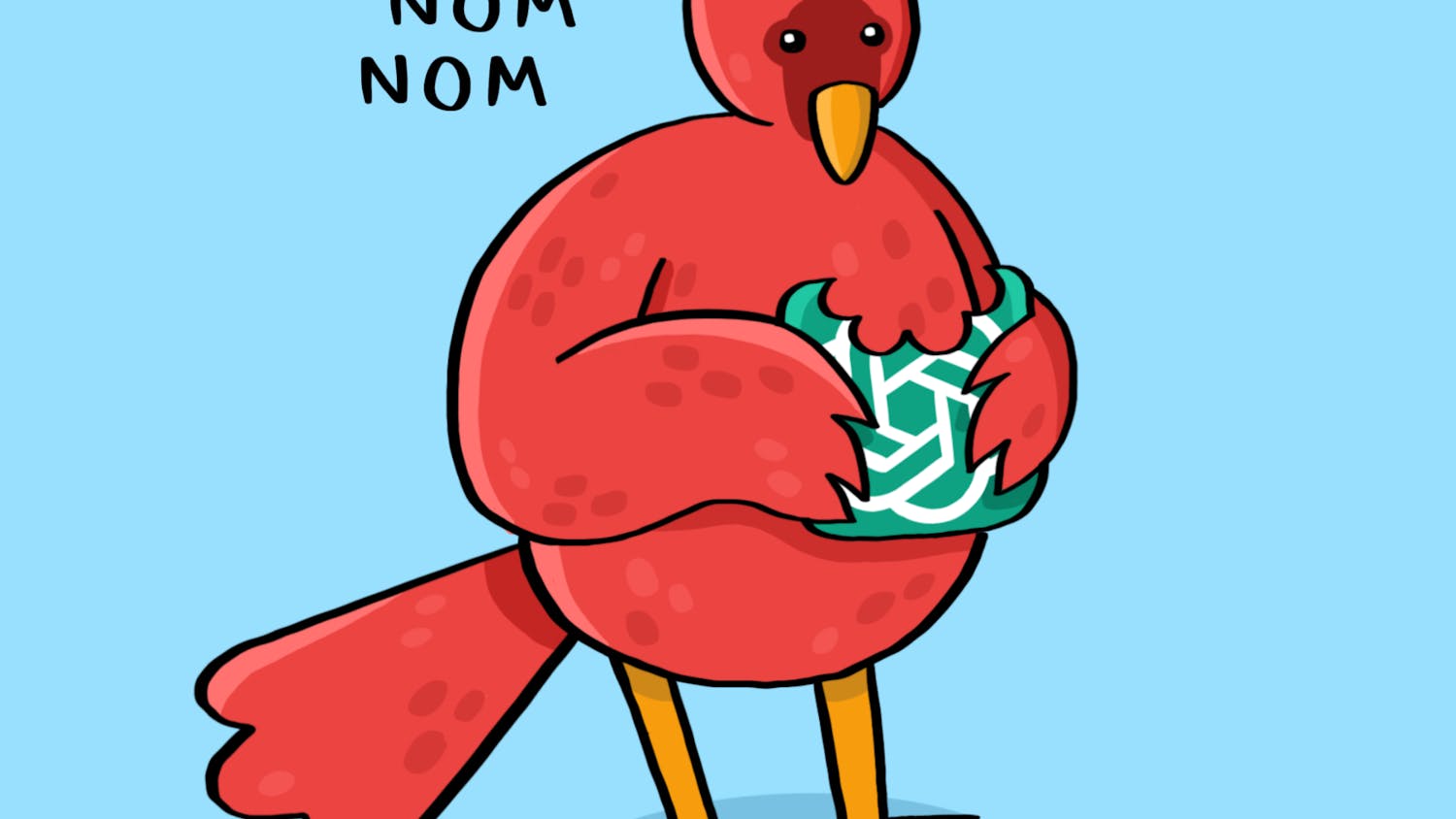Red blood cells are much floppier than their white counterparts.
This might seem like little more than an interesting bit of trivia, but it has an important role in your body. According to research published this month by University of Wisconsin-Madison professor Michael Graham and postdoctoral researcher Amit Kumar, the floppiness of red blood cells helps push white blood cells and platelets toward blood vessel walls while red cells stream along in the center.
This process, called margination, is critical because white blood cells and platelets need to be able to quickly leave the bloodstream to respond to injuries and fight infections.
“If the white blood cells flow close to the vessel walls, they will find it much easier to get out,” Kumar said.
Scientists have known for decades that red and white cells segregate as they flow through blood vessels, but until recently had little understanding of why this margination occurs.
Graham and Kumar turned to computer simulations to explore the mechanism of this process. Kumar created virtual sets of squishy and stiff particles and tracked their movements as they collided and bounced off of each other.
In essence, this simulation is just a more complicated version of the distance-velocity-acceleration problems that are a staple of freshman physics courses everywhere.
“We’re solving F=ma,” Graham said. “That’s what it comes down to.”
When Graham and Kumar looked at the results of these simulations, they noticed something interesting: collisions between different types of particles had distinctly different results.
“If we have two floppy particles colliding, they don’t actually end up displacing each other very much. They kind of slide around each other,” Graham said. “But if we have a floppy particle colliding with a stiff particle then the floppy particle won’t displace very much and the stiff particle will displace a lot.”
This observation provided a key insight into why white and red blood cells separate. Red blood cells concentrate in the center of blood vessels, because squishy, deformable particles tend to move away from vessel walls.
But because stiffer white blood cells are jostled out of the way when they collide with red cells, white blood cells and platelets get pushed toward the margins while red cells stream along in the center undisturbed.
Understanding these different types of collisions helped Kumar develop a second, simpler model, in which he could look at pairs of only two particles at a time. This new model made it easy for Kumar to turn different types of collisions on and off and show that the collisions between stiff particles and floppy particles are key to the margination process.
Graham and Kumar hope that other scientists will be able to use this information to design new medical treatments or understand how margination plays a role in diseases which stiffen red blood cells, such as malaria and sickle cell disease.
In designing nanoparticles to deliver drugs to certain parts of the body, for example, it might be useful to control where the particles live in the bloodstream.
To deliver a drug to coronary arteries, it might be useful to design a stiffer particle that hugs the blood vessel walls; to have a drug persist in the body for a long time it might instead be useful to design a floppier particle that flows unimpeded in the vessel centers.
“There’s a lot that’s not known about what drug particles do once they’re in your bloodstream,” Graham said. “So hopefully, by just shedding some light on margination, we can help guide design of the particles.”






